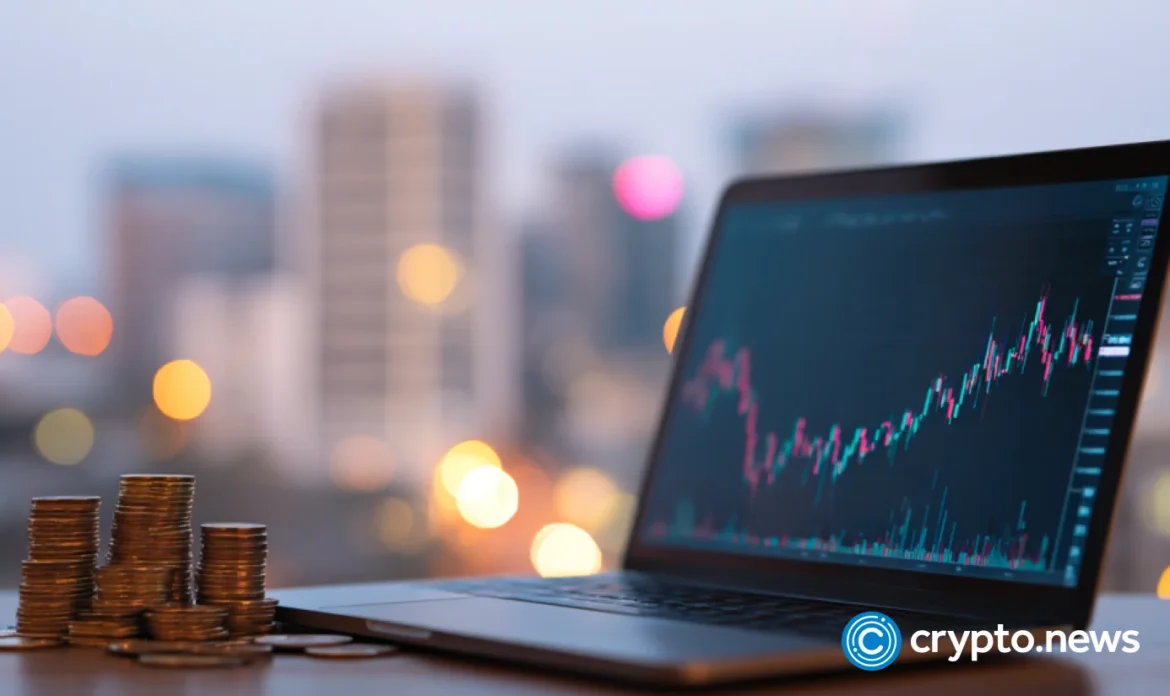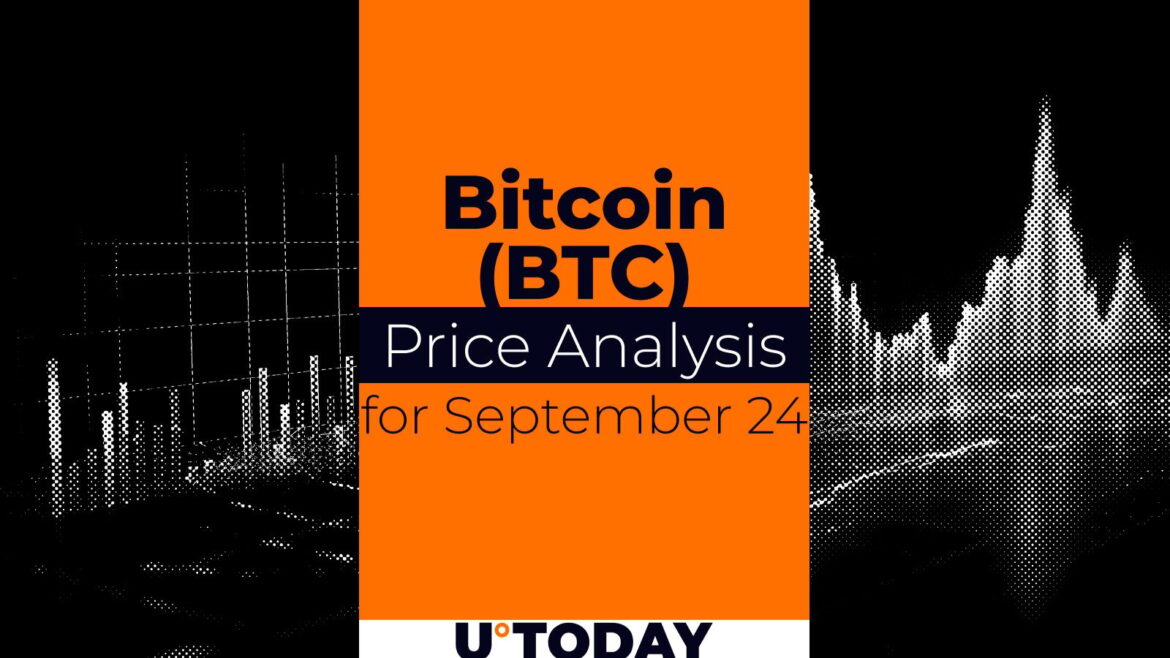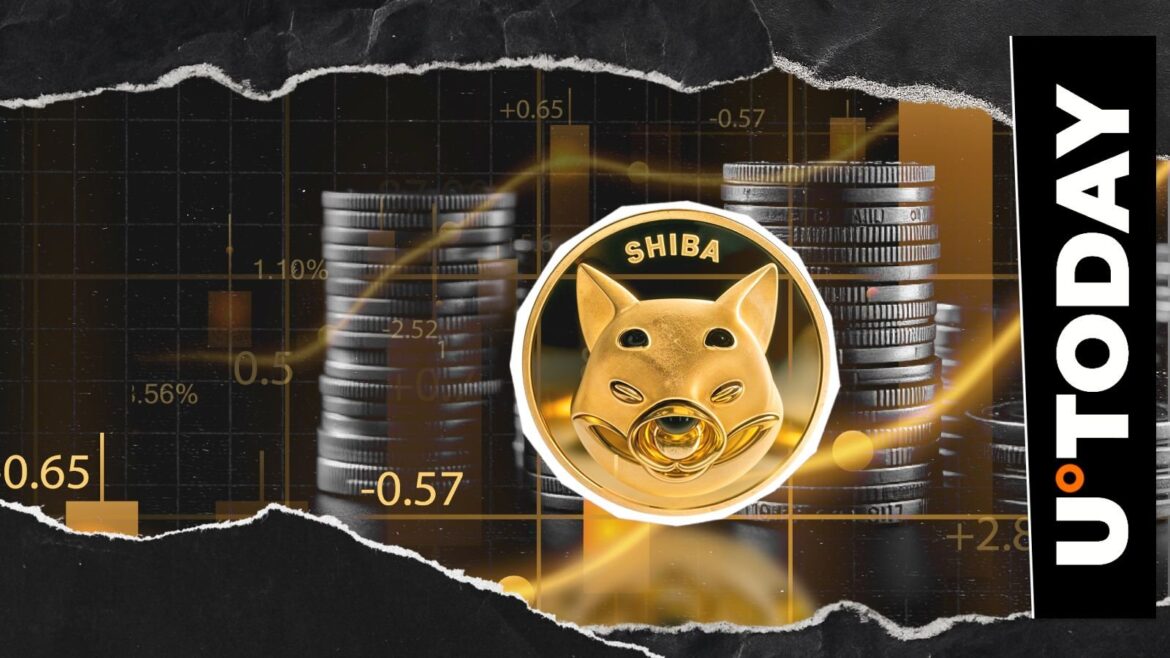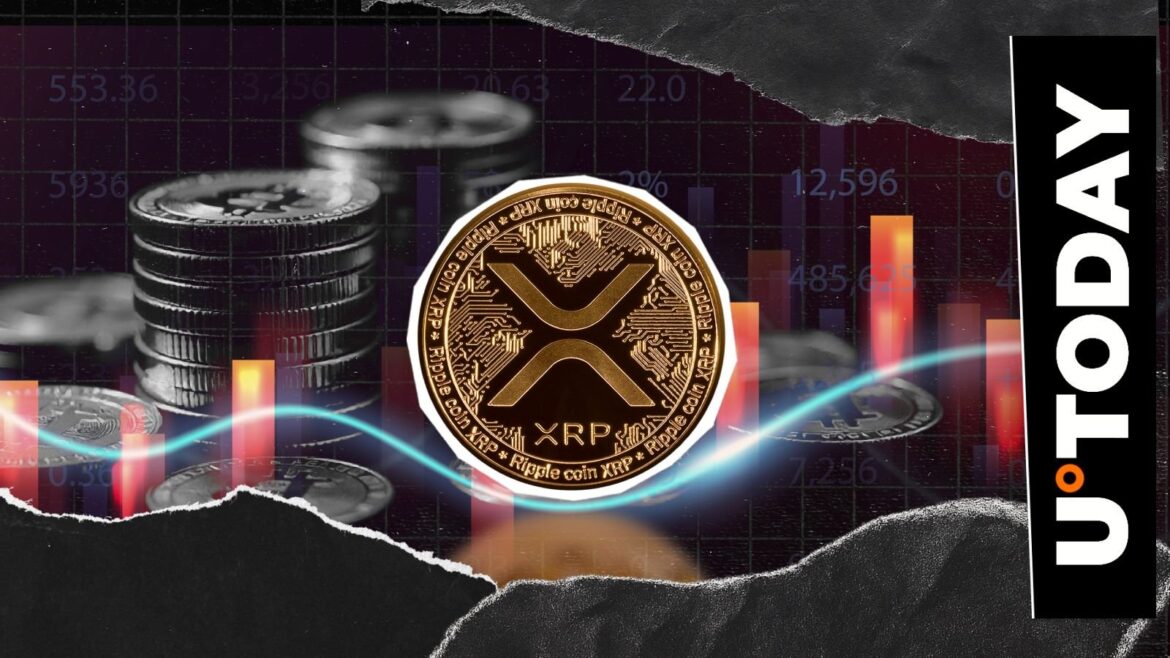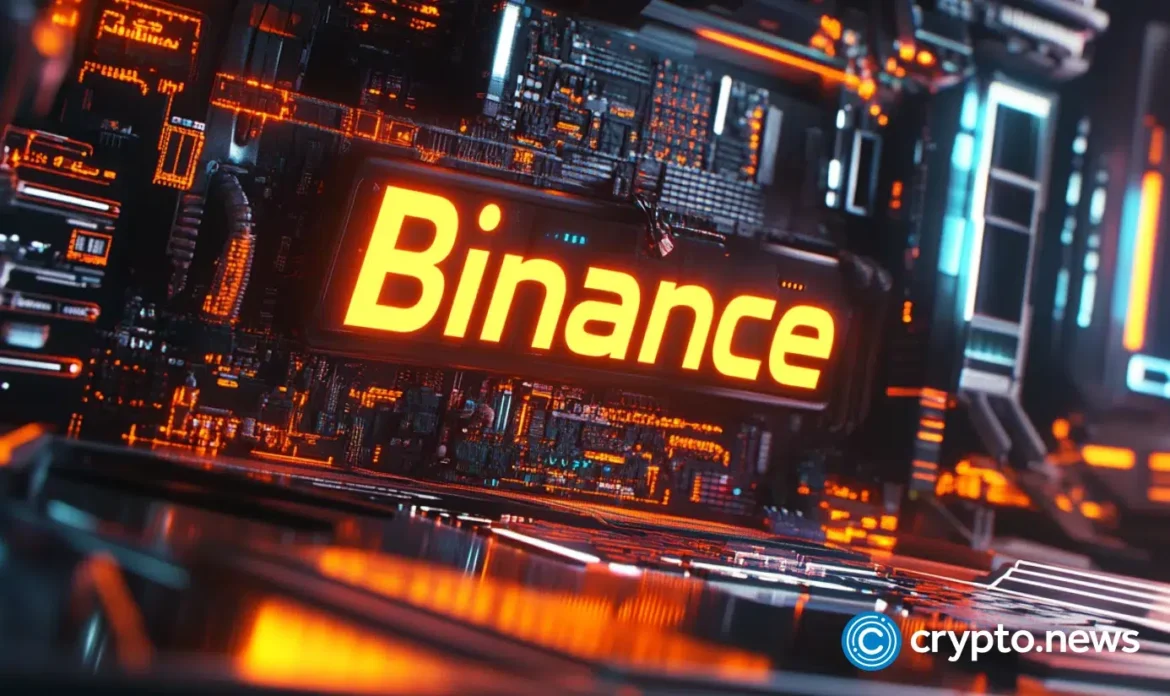BNB price has fallen back under $1,000 after hitting a record high, with cooling volumes and overheated trading leaving the token exposed to further correction.
Summary
- BNB fell 7.8% from its $1,079 peak, now under $1,000 with weaker volume.
- CryptoQuant analyst Darkfost sees strong growth but warns of overheated trading.
- Technical analysis shows mixed signals, with short-term risk unfolding but long-term trend still bullish.
BNB was trading at $991 at the time of writing, down 2.6% over the previous day. Although the token is still 17% higher over the last 30 days, the move is a 7.8% retracement from its peak of $1,083 on Sept. 3.
Binance Coin’s (BNB) 24-hour trading volume came in at $2.40 billion, a 17% decline from the previous day, reflecting cooling spot activity. Derivatives markets are also cooling, as per CoinGlass data, with open interest falling 4% to $1.86 billion and futures volume down 24.7% to $2.85 billion.
This suggests less speculative leverage, which is often an indication of declining short-term momentum.
BNB rally meets resistance
BNB has been one of the standout performers this cycle, outpacing most major altcoins. According to a Sept. 25 analysis by CryptoQuant contributor Darkfost, the token’s breakout above its former peak of $793 in August marked a decisive shift, putting it into price discovery. The subsequent rally pushed BNB past $1,000 and to a new record at $1,083, a year-to-date gain of more than 50%.
This strength, according to Darkfost, contrasts with the altcoin market as a whole, which has had difficulty regaining traction. The analyst also noted that a major driver of demand and market confidence is the expanding relationship between Binance and Aster (ASTER), a new perpetual decentralized exchange supported by CZ.
At the same time, Darkfost cautioned that spot volume data indicates overheated conditions. FOMO-driven trades, which often leave rallies vulnerable, have had a significant impact on the recent buying wave. The same momentum that drove the price higher can swiftly reverse when liquidity slows, leaving the market vulnerable to steep declines.
BNB price technical analysis
BNB is currently testing the lower band support around $980 after breaking below its middle Bollinger Band at $1,010. At 38, the relative strength index is in neutral-to-oversold territory, indicating that bearish pressure is increasing but has not yet reached its peak.
BNB daily chart. Credit: crypto.news
Key moving averages present a mixed picture. Medium- and long-term MAs are still firmly bullish, while the short-term MAs are flashing sell signals. A cooling short-term trend within a broader uptrend is indicated by this divergence.
A deeper correction might aim for the $950–$935 range, with $980 providing immediate support. If buyers defend $980 and reclaim $1,010, momentum could recover toward $1,050.

